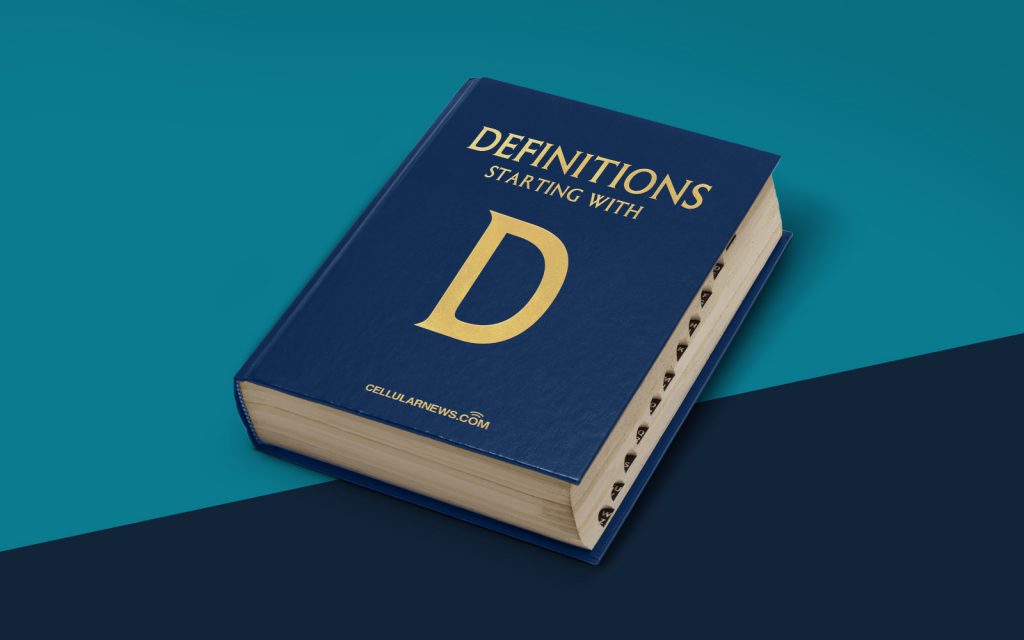
What is the Dining Philosophers Problem (DPP)?
Welcome to another blog post in our DEFINITIONS category! Today, we’re going to delve into the fascinating world of computer science and learn about the Dining Philosophers Problem (DPP). So, what exactly is the Dining Philosophers Problem?
The Dining Philosophers Problem is a classic synchronization problem in computer science. It was first introduced by Edsger Dijkstra, a renowned Dutch computer scientist, to illustrate challenges related to resource allocation and concurrency.
In this problem, a group of philosophers are sitting around a table with a plate of spaghetti in front of each of them. In order to eat, a philosopher must use two forks, one on the left and one on the right. However, there are only five forks available, one between each philosopher. The philosophers spend their time thinking and eating, switching between the two activities.
Key Takeaways:
- The Dining Philosophers Problem is a classic synchronization problem in computer science.
- It involves a group of philosophers sitting around a table and sharing forks, creating a challenge in resource allocation and concurrency.
Now, here’s where the challenge arises: If a philosopher decides to eat and picks up the fork on their left, they cannot eat until they also have the fork on their right. If all philosophers on the table decide to eat at the same time and simultaneously pick up the fork on their left, a deadlock situation can occur.
A deadlock is a state where each philosopher is holding a fork, waiting for the other fork to become available. This results in all philosophers being unable to make progress, essentially preventing any of them from eating.
To solve the Dining Philosophers Problem, various synchronization techniques and algorithms have been developed. These solutions aim to provide a fair and deadlock-free strategy for the philosophers to share the forks and avoid issues such as starvation.
Some of the commonly used solutions for the Dining Philosophers Problem include:
- The use of semaphores or mutex locks to control access to the forks.
- The introduction of a waiter or a resource manager to regulate the philosophers’ access to the forks.
- The implementation of a solution known as the “Chandy/Misra” algorithm, which allows the philosophers to communicate and coordinate their actions.
In Conclusion
The Dining Philosophers Problem is a captivating problem in computer science that explores the challenges of synchronization and resource allocation. Through various techniques and algorithms, we can find solutions that ensure all philosophers can eat without encountering deadlocks or starvation.
We hope you enjoyed this blog post on the Dining Philosophers Problem. Stay tuned for more fascinating topics in our DEFINITIONS category!
